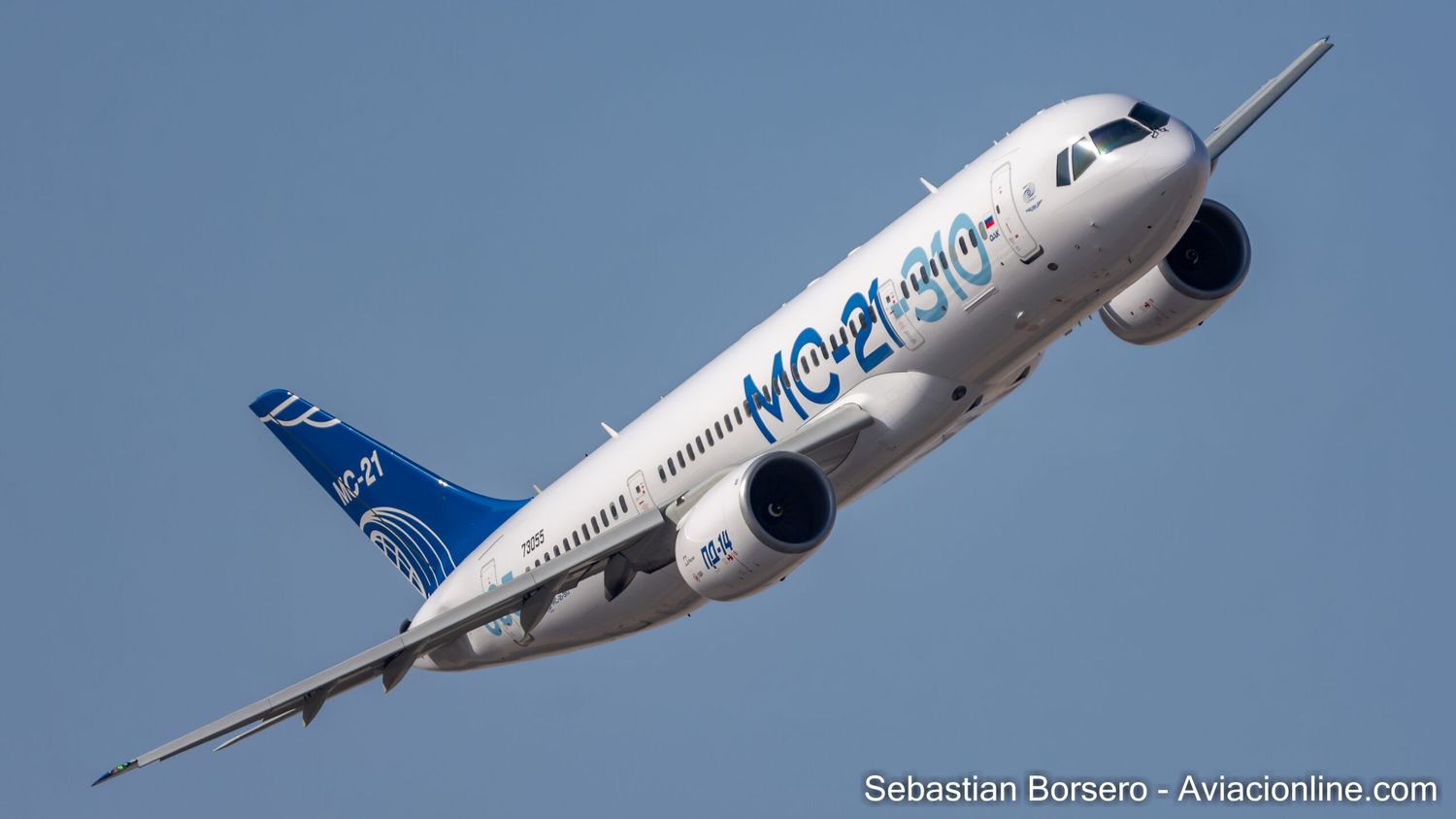Why Russia’s Civil Aviation Industry is Falling Behind in Aircraft Production
Sanctions have dealt a significant blow to Russia’s aviation industry, delaying its ambitious plans to produce 1,000 aircraft by 2030. Engine shortages, dependency on Western components, and economic constraints have left the country struggling to advance its civil aviation program
Russia faces significant challenges in achieving its ambitious civil aircraft production goals due to restrictions imposed by international sanctions. The country had set a target to manufacture 1,000 passenger planes by 2030, but by the end of 2024, only a few Sukhoi Superjets had been delivered, assembled using parts stockpiled before the sanctions.
According to Simple Flying, citing the Russian website Kommersant, the production of aircraft engines—key to new plane manufacturing—has been significantly scaled back. Originally, plans were in place to produce 24 engines for the Yakovlev MC-21, a competitor to the Boeing 737. However, this goal has been reduced to just seven units. The engines, particularly the Aviadvigatel PD-8, remain unready, with ongoing revisions following problems identified during testing.
Efforts to "Russianize" aircraft, by replacing imported components with locally manufactured parts, have proven to be a daunting task. Critical components for aircraft like the MC-21 and Sukhoi Superjet typically come from Western countries, including the United States, Europe, and Canada. This dependency has severely hampered progress, as these planes cannot operate without the certification of such components.
Challenges with Aircraft Design and Certification
Replacing foreign components has led to increased weight, reduced range, and decreased performance in planes like the MC-21. Initially, up to 70% of its parts were imported; now, domestic substitutes must be used. The lack of a certified collision avoidance system (TCAS) further complicates matters, preventing legal operation of Russian-built aircraft. Despite more than 12 years of development, this system remains uncertified.
Limited Resources and Financial Strains
The Russian civil aviation sector also struggles with economic constraints, as it competes for limited resources with the military industry, which is prioritized. Furthermore, Russian-made engines are more expensive and less efficient than their Western counterparts. For example, the PD-14 engine costs approximately double the price of the American PW1000G, further driving up operating costs for airlines.
Market Challenges for the Superjet
The Superjet, a 100-passenger plane, faces another obstacle: limited market demand. It accounts for just 5% of global demand for commercial aircraft, and Russia's largest airline, Aeroflot, has attempted to cancel its Superjet orders, preferring larger models like the MC-21.
Broader Implications
The crisis in Russian aviation is similar to that faced by countries like Iran and Cuba, which have also struggled to maintain fleets without access to Western planes and components. However, Russia’s vast geography and heavy reliance on commercial aviation for domestic connectivity amplify the problem.
As older aircraft become more expensive to maintain, Russian airlines face the risk of a shortage of modern planes, forcing reliance on aging fleets or higher ticket prices for passengers. Experts believe that the goal of producing 1,000 planes by 2030 is highly unrealistic, with deliveries likely postponed for several years.
The future of Russian commercial aviation remains uncertain as the country navigates the constraints of sanctions and technological challenges.


Para comentar, debés estar registradoPor favor, iniciá sesión